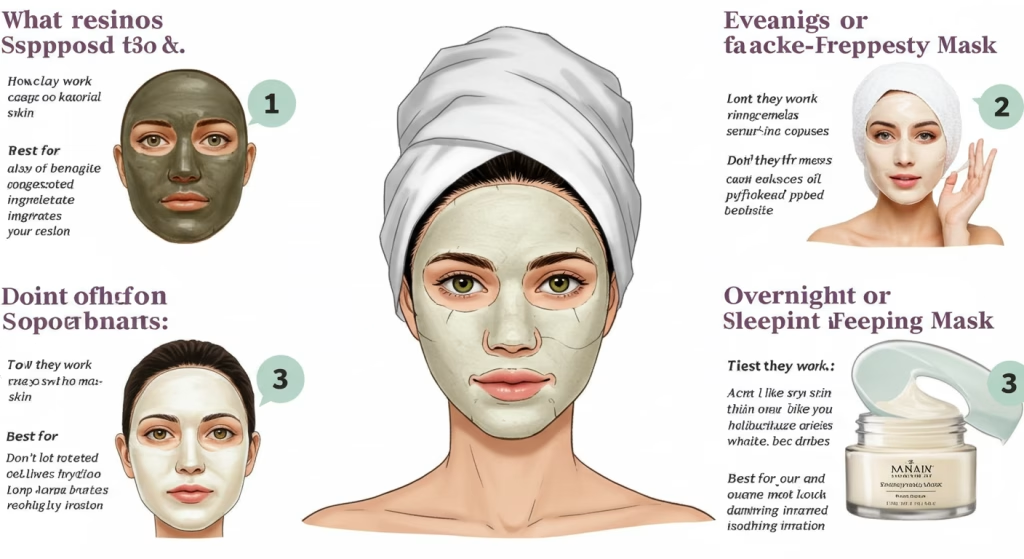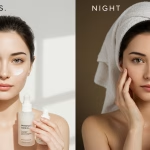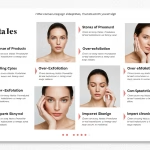Face masks are everywhere—from sheet masks and clay masks to overnight treatments and peel-offs. But with so many types and promises, how do you know what actually works? Let’s dig into the science behind face masks to understand how they benefit your skin, what ingredients to look for, and when to use them for real results.
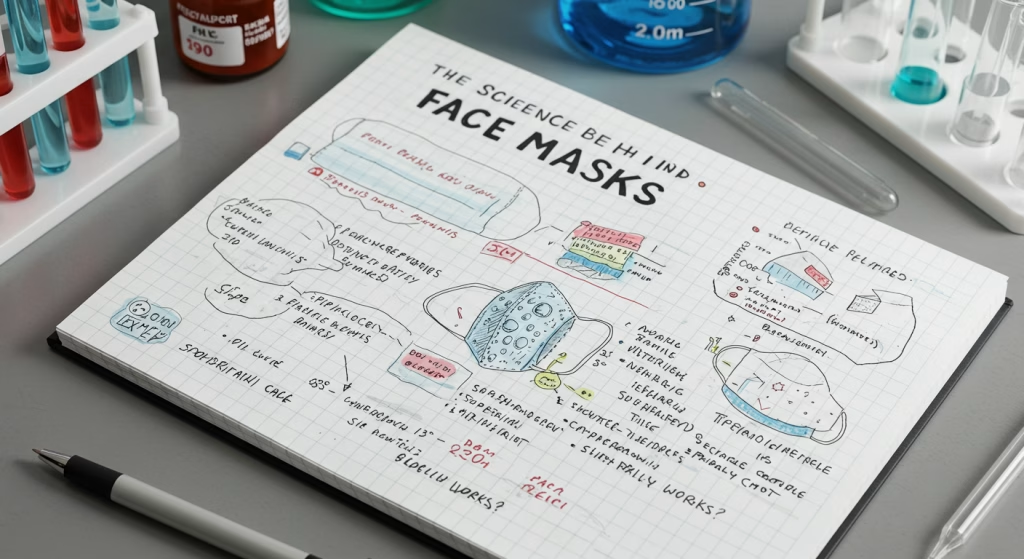
What Are Face Masks Supposed to Do?
Face masks are concentrated skincare treatments designed to target specific skin concerns. Unlike your everyday cleanser or moisturizer, they deliver a higher dose of active ingredients and are typically left on the skin longer, allowing for deeper penetration.
They can help with:
- Hydration
- Oil control
- Acne treatment
- Brightening
- Firming and anti-aging
- Soothing irritation
But results depend on what’s inside the mask—and how well it’s formulated.
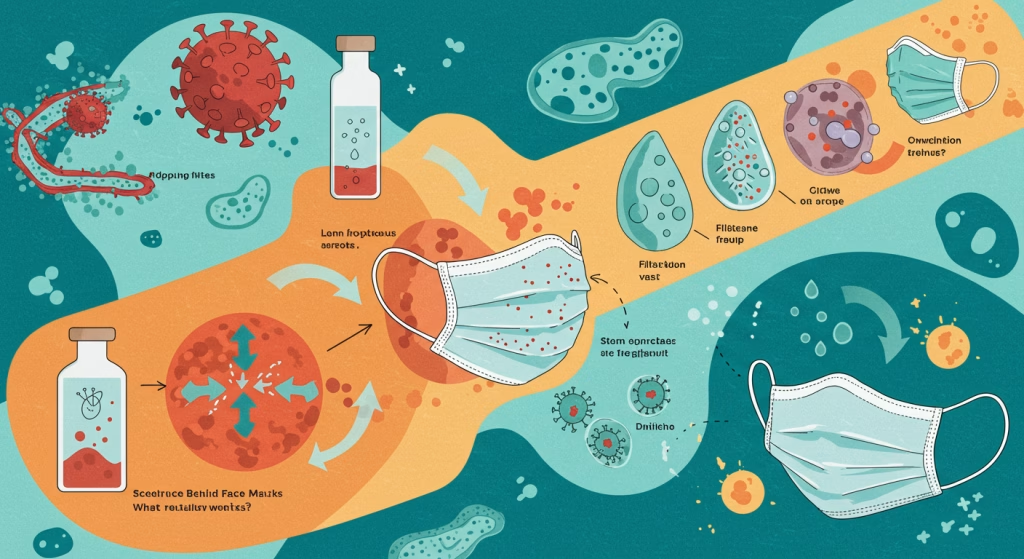
Types of Face Masks & How They Work
1. Clay Masks
- How they work: Clays like bentonite or kaolin absorb excess oil, draw out impurities, and exfoliate dead skin cells.
- Best for: Oily, acne-prone, or congested skin
- Tip: Don’t let clay masks dry out completely—they can over-dry your skin. Mist lightly if needed.
2. Sheet Masks
- How they work: A fabric or hydrogel sheet soaked in a serum creates a seal, allowing active ingredients like hyaluronic acid or peptides to deeply hydrate and plump.
- Best for: Dry, dehydrated, or tired skin
- Tip: Leave on for 15–20 minutes max—longer doesn’t mean better, and can actually reabsorb moisture.
3. Peel-Off Masks
- How they work: These form a film over the skin that you peel away, lifting off dead cells and surface debris.
- Best for: Dull skin or blackhead-prone areas
- Tip: Use sparingly; some peel-offs can be irritating or damage your skin barrier if overused.

4. Overnight or Sleeping Masks
- How they work: Act like a heavy-duty moisturizer to lock in hydration and deliver anti-aging ingredients while you sleep.
- Best for: Dry, sensitive, or mature skin
- Tip: Use 2–3 times per week in place of your night cream.
5. Exfoliating Masks (AHAs/BHAs)
- How they work: Use chemical exfoliants like glycolic acid (AHA) or salicylic acid (BHA) to dissolve dead skin and unclog pores.
- Best for: Dull, uneven, or acne-prone skin
- Tip: Don’t mix with other strong actives like retinol on the same day.
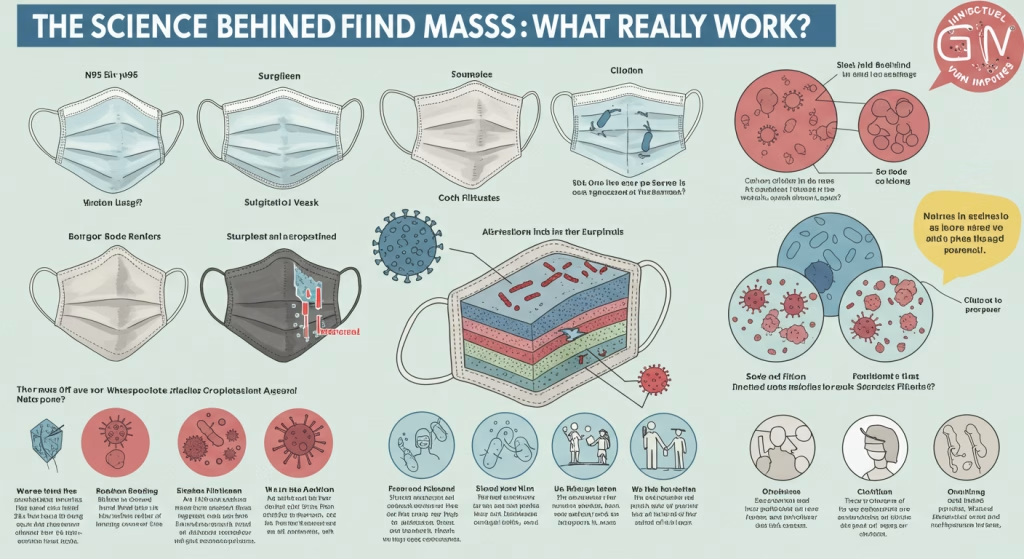
Key Ingredients to Look For (Based on Skin Needs)
| Skin Concern | Look for These Ingredients |
|---|---|
| Dryness | Hyaluronic acid, aloe vera, glycerin |
| Acne | Salicylic acid, sulfur, tea tree oil |
| Dullness | Vitamin C, AHAs, niacinamide |
| Aging | Peptides, collagen, retinol, antioxidants |
| Redness/Sensitivity | Oat extract, chamomile, centella asiatica |
How Often Should You Use Face Masks?
- Hydrating masks: 2–3 times per week or as needed
- Clay or exfoliating masks: 1–2 times per week
- Peel-offs and overnight masks: Once a week or occasionally
More isn’t always better. Over-masking can irritate or strip your skin.
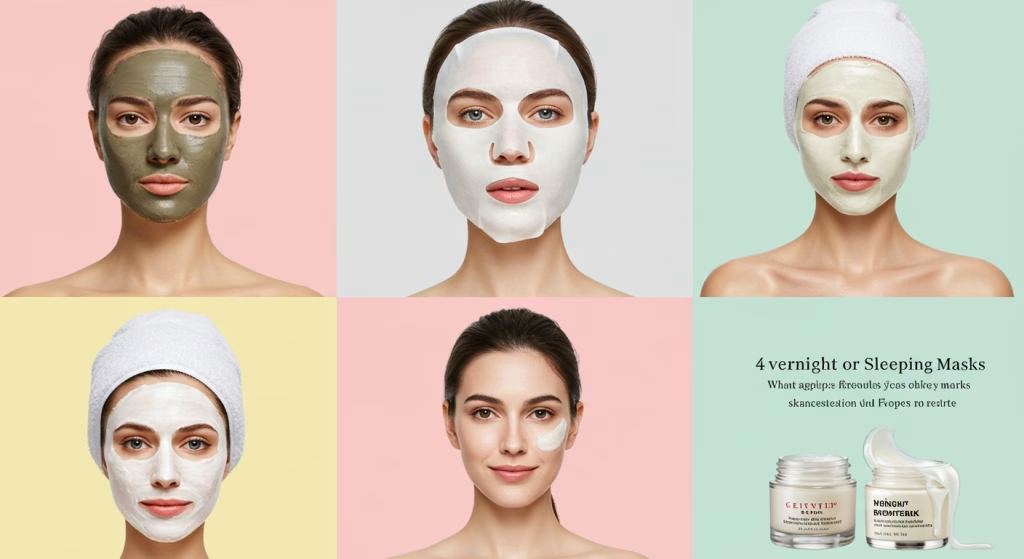
Do Face Masks Really Work?
Yes—if you choose the right one for your skin type and concern, and use it consistently but not excessively. Face masks are not miracle cures, but they’re powerful boosters to your regular skincare routine.
Scientific studies support many active ingredients used in masks:
- Hyaluronic acid is proven to improve hydration and elasticity.
- AHAs/BHAs have been shown to reduce acne and improve texture.
- Antioxidants help protect against environmental damage.
What matters most is how well the product is formulated and absorbed—and not all masks are created equal.
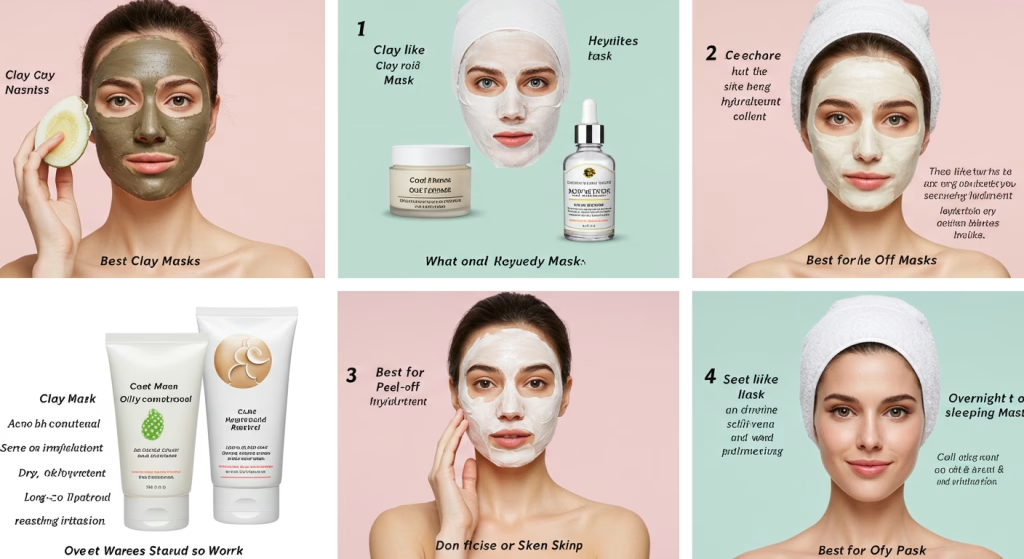
Final Thoughts
Face masks are a fun and effective way to give your skin a targeted boost—but they’re only as good as the ingredients inside and how they fit into your overall routine. Think of them like a “treatment day” for your skin: not essential every day, but incredibly helpful when used wisely. Pay attention to your skin’s needs, read labels, and let science—not hype—guide your choices.
